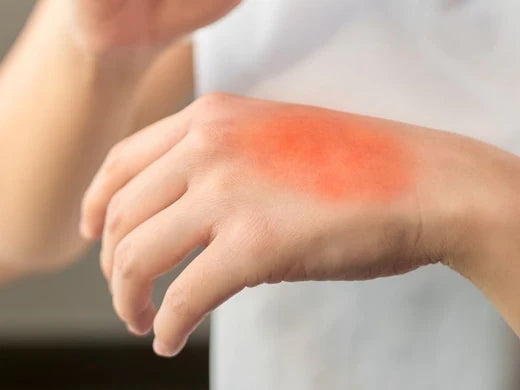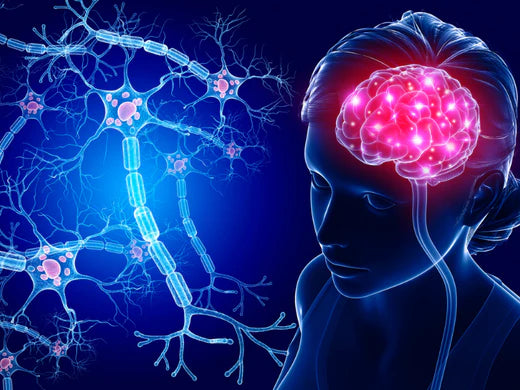
Effect of Aromatherapy on Pain and Anxiety in Burn Cases!
Treatment processes such as dressing and debridement (cleaning of foreign objects or tissue residue) in burn cases, which are quite common, cause the patient to suffer a lot. However, complications such as post-traumatic stress disorder, which cause anxiety, can also be seen in burn patients. Pain and anxiety, which trigger each other, put the patient in a difficult situation. Improperly managed anxiety can have many side effects such as high heart rate. Alternative treatments are preferred in patients who do not respond well to medications or who have side effects of medications. One of these alternatives is aromatherapy, which is considered a holistic nursing intervention. Aromatherapy is the inhalation or absorption of natural essential oils by the body through methods such as inhalation, massage, aroma bath, and compress. Thus, the molecules of the essential oils reach the limbic system of the brain and affect heart rate, blood pressure, brain wave activity, and the secretion of various hormones. In addition, previous studies have shown that oxides in oils obtained from aromatic plants have pain-reducing effects.
Aromatherapy massage applied with blended or pure oils is quite effective on pain, relaxation, muscle pain, and muscle spasm. In inhalation aromatherapy, essential oils are vaporized with the help of a diffuser. When the scent molecules reach the limbic system, various neurochemicals that have the effect of reducing pain are secreted, thus providing calmness, hormonal balance, and general well-being. Linalool, one of the components of lavender, one of the most commonly used essential oils in aromatherapy, has a calming effect. In addition to its calming properties, it has properties such as antispasmodic and analgesic. Rose essential oil, another frequently used essential oil, is known for its antidepressant properties thanks to the citronellal it contains. In addition, it is also effective on symptoms such as palpitations, tension, and headaches.
A study was conducted in 2016 to compare the effectiveness of these methods in relieving pain and anxiety in burn patients. Patients experiencing pain and anxiety due to burns participated in this study. The patients were divided into three groups: one group received inhalation aromatherapy, one group received massage aromatherapy, and the other group did not receive any adjunctive treatment and was assigned as the control group. Massage aromatherapy was performed with lavender oil, while inhalation aromatherapy was performed with a mixture of lavender and rose oils. Massage was applied to the patients' unburned skin, and for this study, a back massage of approximately 5 minutes was preferred. Inhalation aromatherapy included inhalation of lavender-rose essence for 30 minutes. The control group did not receive any treatment other than their standard care. Various scales were used to measure pain and anxiety before all sessions. The findings obtained from the analysis of the data showed that both aromatherapy interventions reduced pain and anxiety compared to the control group. Inhalation aromatherapy was more effective than massage in reducing anxiety. Massage aromatherapy was more effective than inhalation in reducing pain. Researchers state that this may be due to the stimulation of the skin during massage, which produces endorphins and enkephalins and prevents the transmission of pain signals through sensory nerves. Therefore, it is recommended to use both aromatherapy applications in combination for complementary treatment of burn patients.
Aromatherapy, as a holistic nursing care that does not require high costs and is non-invasive, is a highly effective method in the treatment of pain and anxiety in burn patients with both massage and inhalation application. As a complement to standard care, it provides relaxing results in the management of symptoms of many patients without side effects!
SOURCE "Comparing the effects of aromatherapy massage and inhalation aromatherapy on anxiety and pain in burn patients: A single-blind randomized clinical trial", Burns, 2016



